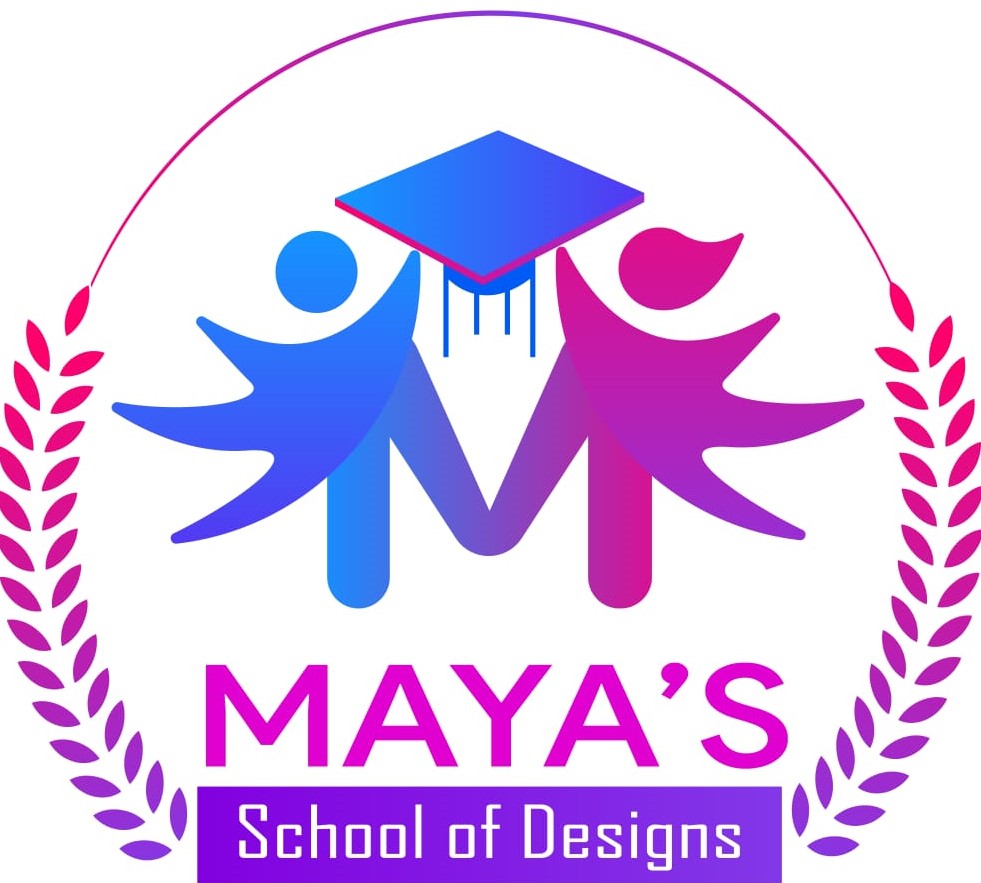Blog
What Factors Determine the Cost of a Fashion Design Program?
- February 8, 2025
- Posted by: admin
- Category: Fashion Education & Career

As one contemplates fashion design courses, the first question may very well be: How much is this going to set me back? Whether one is a budding designer wanting to make their mark in the industry or anyone looking for options to hone their skills, the cost of a 6-month fashion design course will greatly vary upon the school, location, and type of program one chooses. In this post, we’ll take a deep dive into understanding fashion design course fees, what factors influence the cost, and how to evaluate the value of the investment in your future career.
You must have come across several courses of fashion design lasting for 6 months, right, starting from the most affordable ones to those highly luxurious programs. Well, what makes one more expensive than another? It lies in a few key factors that play a big role in shaping the course cost.
Reputation and Prestige
The best fashion schools usually have high tuition fees. Their reputation could provide an open door to certain internships and jobs that no other colleges can offer, including major brands. In most instances, the higher the tuition fee, the better the instructors, the more elite the resources, and the stronger the alumni network that can help catapult your career.

Location and Venue
Location is a huge factor in tuition. Fashion schools usually charge the most in large high-order cities: Paris, Milan, or New York. Most of the price is due not only to a high cost of living but to the prestige included in studying at fashion capitals. However, exposure to an unrivaled feel of the heartbeat of the industry comes with a study in such cities. It does save you money if you can choose your program in a more affordable city; however, by doing so you may miss certain opportunities for connecting and networking opportunities.
Course Structure and Content
The price will also be determined by the course’s niche and breadth of coverage. A very specialized 6-month course that includes practical workshops, use of the latest machinery, and individual mentorship costs more than a general course. Some colleges charge the price of materials together with tuition while others may ask for extras for fabrics, tools, or software.
Are Higher Fees Always Worth the Investment?
As you weigh your options, it’s easy to think that the more expensive a course is, the better the outcome will be. But the best program for you isn’t always the most expensive. Rather, it is all about value-what you are actually getting in return for your investment.
What’s Included in the Fees?
Will your tuition cover everything you will need to take the course? Sometimes a school will include all of the materials in one upfront price and other times you may have added extras such as fabric, pattern-making equipment, and sewing machines. Make sure you read the fine print to see if you will have to budget extra on top for essentials.
What Does the Program Offer Beyond the Classroom?
Number one would be what they offer besides the classroom: any industry connections, networking, job placement services? Some of these schools might have relationships with leading fashion houses that could offer you a job or some mentorship-applicable elements rather than the so-called initial cost.
How Can You Save on Fashion Design Course Fees?
Not everyone can afford the premium price that an elite fashion school asks for. Thankfully, there are ways through which course fees can be saved sans compromising on quality.
Search for Scholarships and Financial Assistance
Most of the fashion schools have scholarships with regard to exceptional talent, diversity, and need. Feel free to approach them about any available financial aid, which will help you pay a portion of your tuition fees. A few programs will offer an opportunity for a payment plan whereby you are allowed to pay in installments.
Consider Online Programs
While traditional in-person programs have their perks, online fashion design courses can provide flexibility and save on living costs. Some online programs offer similar content and connections at a fraction of the price. If you’re self-motivated and organized, this could be a smart option to consider.
Choose Shorter, More Focused Courses

If the entire commitment of 6 months is somewhat beyond your budget, you could always consider much shorter, intensive courses of study in narrower areas of fashion design, such as pattern-making, draping, or technical drawing. Most such focused courses are cheaper but are equally worth investing in for skill-building in those areas.
What Value Does a Fashion Design Program Bring to Your Career?
Ultimately, whether you should attend a fashion design school or not relates to your aspirations in your fashion design career. The fees one pays to study a course of fashion design constitute an investment. Like any investment, the returns are determined by how well that investment serves you in achieving your aspirations.
Learning By Practice
Fashion is such a hands-on field, and the more you can actually be working on real design projects with professional tools, getting feedback from experienced mentors, the better. Many include real-world projects, which prove invaluable when building a portfolio.
Industry Connections
One of the major benefits derived from enrolling in a fashion designing course, especially expensive ones, is the great benefit of associating with professional people. Being among different designers, attending fashion shows, and going into the inner details of the garment industry opens up possibilities that would hardly be available otherwise. These translate into internships, collaborations, or even full-time employment upon graduation.
Conclusion on Fashion Course Fees
It all depends on what one wants, their budget, and what is expected from a 6-month fashion design course. The right program will provide a combination of practical experience, professional connections, and a path to your dream career in fashion from the somewhat expensive tuition. Don’t rush the decision—evaluate the course’s curriculum, the value it offers, and the opportunities it provides, and you’ll be well on your way to mastering the art of design.
